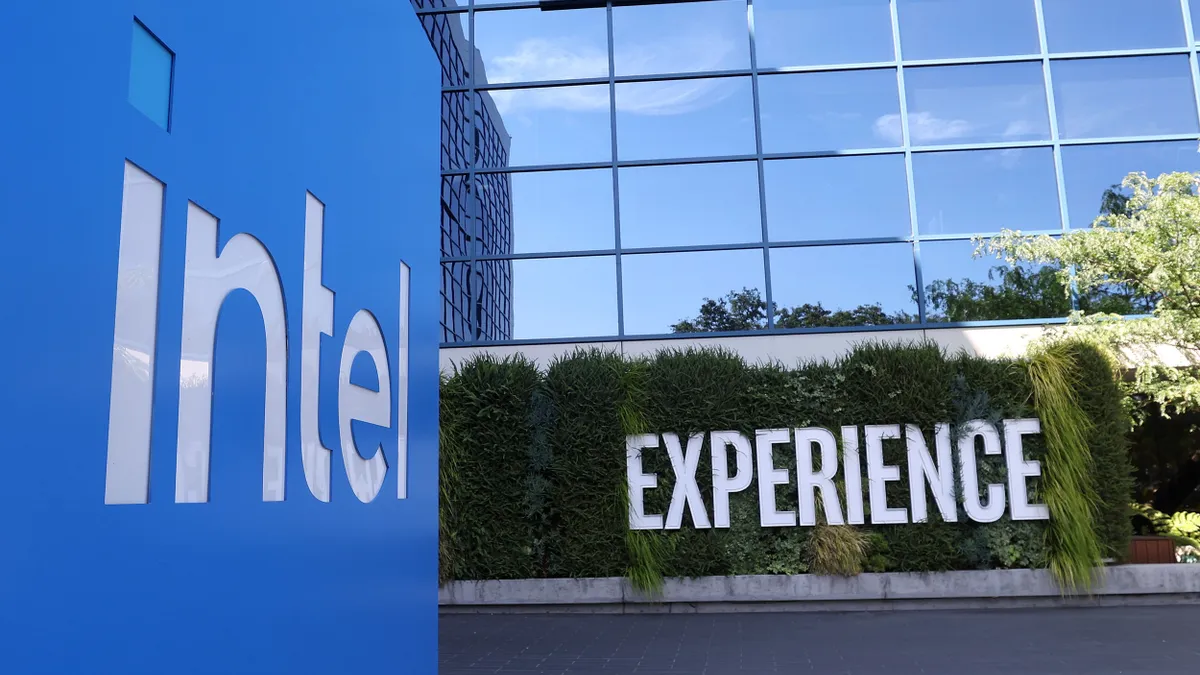In the race to extract value from large language model technologies, enterprises have had to take a long, hard look at their data estates and ask difficult questions about foundational infrastructure.
For many companies, the path to clean analytics, data security and generative AI ROI runs directly through vast stores of customer data located across various business units.
USAA began a massive data estate modernization roughly three years ago, when the century-old banking and insurance giant tapped Ramnik Bajaj as SVP and chief data and analytics officer.
The end goal is a “unified data environment,” according to Bajaj, who spent three years leading data operations at Wells Fargo and two decades as a partner in Deloitte’s financial services data practice prior to his current role.
“There were multiple warehouse and analytics environments on-prem and our journey was to get all of that over to the cloud,” Bajaj told CIO Dive.
In a unified, cloud-based environment, stakeholders can perform analytics without copying data or creating additional repositories. “The data is already there with the analytics tools,” Bajaj said.
Enterprisewide data transformation takes an upfront commitment of time and resources. The price tag for data estate modernization will average $35.5 million this year, according to a recent IT executive survey by cloud database provider Couchbase.
For data-dependent insurance and banking companies, the costs — and the stakes — are even higher.
Citi just absorbed $135.6 million in regulatory fines for data deficiencies after what CEO Jane Fraser characterized as “decades of underinvestment” in the bank's risk and control technologies earlier this month. Bank of America poured billions into modernizing its data systems over the last decade, CEO Brian Moynihan said during a January earnings call.
Migration motivation
Keeping a yearslong migration journey on track can be a challenge. In addition to clearing tangled webs of technical debt, IT teams have to consider potential operational disruptions and inconveniences to end users during the switch.
Bajaj used a “carrot-and-stick” approach to sustain modernization momentum, setting firm migration deadlines while rolling out better reporting tools. A data and analytics organization within USAA oversaw strategy, defined governance policies and standards and set annual migration priorities.
“We had a sunset date for each environment,” Bajaj said. “The sunset date was the stick and the carrot was the analytics and reporting tools available on the cloud environment.”
To accelerate migrations, Bajaj centralized engineering processes while federating data decisions. Engineers built a universal migration pipeline and toolkit in Snowflake’s data cloud and let business units choose which datasets to move.
“We took the work away from all of these various teams that own these data assets and warehouses and said, ‘you define what you need moved into the Snowflake data cloud and we will write the ETL code to physically create the pipeline,'” Bajaj said.
USAA remains unaffected by the recent Snowflake data breach that impacted AT&T and as many as 100 other customers, the company told CIO Dive Wednesday.
One of USAA’s priorities was to create a core customer data warehouse with centralized access controls and governance.
“We can manage all of the core data about our members out of a central location,” Bajaj said. “We define the policies and standards through which we govern data and also work with all of the business units to implement those standards and requirements.”
As the company settled into Snowflake, its data posture shifted from defense to offense — from standing up governance to reaping analytics rewards.
“Our focus has moved to deploying AI-based solutions and getting more insights from the data,” Bajaj said. “As our data quality matured, we shifted to using those data assets for helping our members.”




















